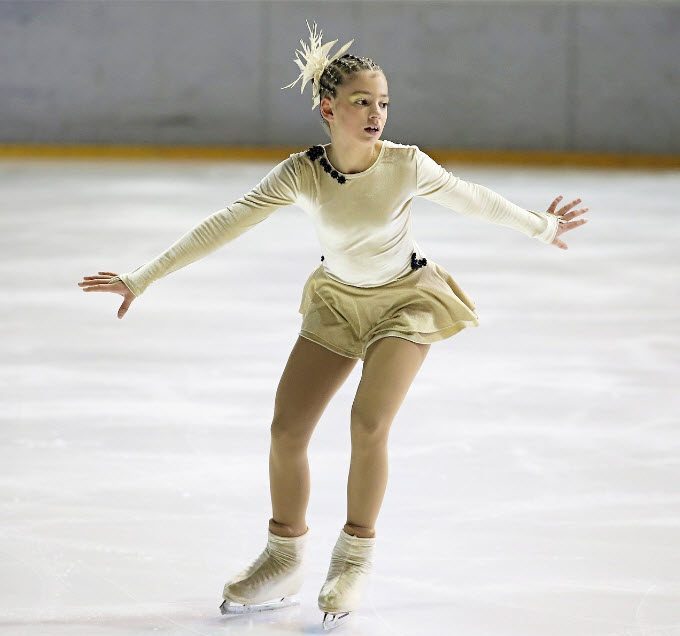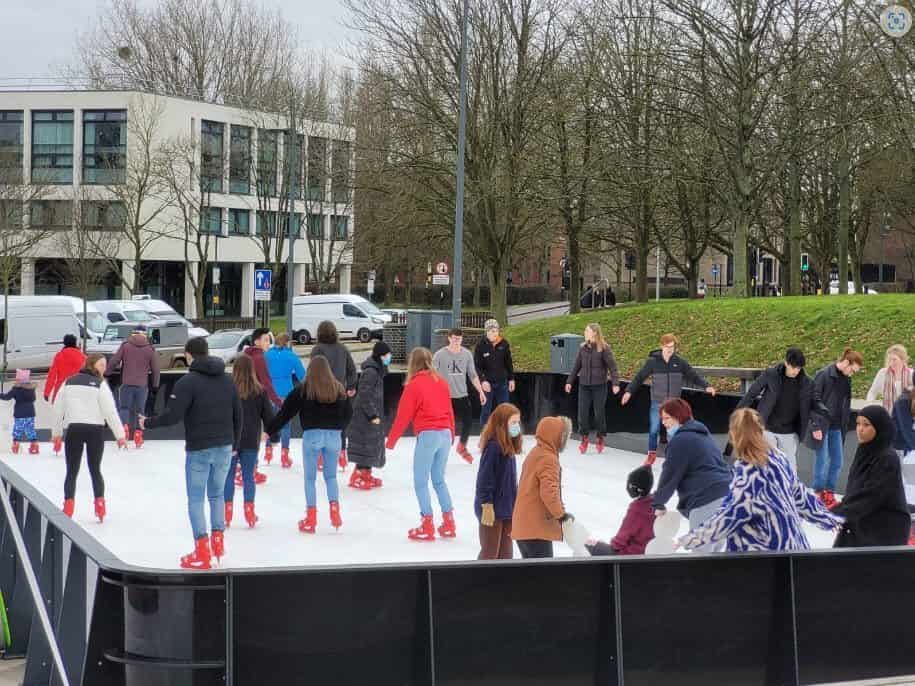Figure Skating and Understanding the Allure for Young Girls
Many young girls are fascinated by figure skating. The grace, athleticism, and beauty of the sport captures their imagination and inspires them to try it out for themselves. Over the years, they have come to appreciate the many benefits of figure skating, both physical and mental. In this article, we’ll explore the history of figure skating, the different types of figure skating, famous figure skaters, figure skating competitions, and much more. If you’re a parent or a young girl considering figure skating, read on to discover the allure of this amazing sport.
Introduction to Figure Skating
Figure skating is a sport that involves performing various moves, jumps, and spins on ice. It is a highly technical and demanding sport that requires strength, agility, and precision. Figure skating is often performed to music, and skaters are judged on their technical abilities, artistic interpretation, and overall presentation. The sport has a long and fascinating history, dating back to the early 19th century.
The History of Figure Skating
Figure skating originated in the Netherlands, where it was practiced as a form of transportation on frozen canals and rivers. The sport gradually spread to other parts of Europe, and by the mid-19th century, it had become a popular pastime among the upper classes. The first figure skating competition was held in 1865 in St. Petersburg, Russia, and the sport was included in the Olympics for the first time in 1908.
Over the years, figure skating has evolved and become more complex, with skaters performing ever more difficult and daring moves. Today, figure skating is a highly competitive and popular sport that is enjoyed by millions of people around the world.
Understanding the Allure of Figure Skating for Young Girls
There are many reasons why young girls are drawn to figure skating. For one, it is a beautiful and elegant sport that allows them to express themselves creatively. Figure skating also requires discipline and hard work, which can help young girls develop important life skills such as perseverance, determination, and self-confidence.
Figure skating is also a great way for young girls to stay active and healthy. It is a challenging physical activity that requires strength, balance, and endurance. Regular practice can help improve cardiovascular health, muscle tone, and overall fitness.
Finally, figure skating can be a social activity that allows young girls to connect with others who share their passion for the sport. Skaters often form close bonds with one another and support each other through the ups and downs of training and competition.
Benefits of Figure Skating for Young Girls
In addition to the physical and mental benefits of figure skating, there are many other advantages to consider. For example, figure skating can help young girls develop important social skills such as teamwork, communication, and leadership. It can also teach them the value of hard work and dedication, which can be applied to other areas of their lives.
Furthermore, figure skating can provide young girls with a sense of accomplishment and pride. Achieving a difficult jump or spin can be a thrilling and empowering experience, and can help boost self-esteem and confidence.
Training for Figure Skating
Training for figure skating requires a combination of on-ice and off-ice exercises. Skaters typically train for several hours a day, several days a week, and must be committed to their training regimen in order to see results. On-ice training involves practicing various moves, jumps, and spins, while off-ice training may include strength training, cardio exercises, and flexibility training.
Many figure skaters also work with coaches and choreographers to develop their skills and routines. Coaches can provide valuable feedback and guidance, while choreographers can help skaters develop their artistic interpretation and performance skills.
The Different Types of Figure Skating
There are several different types of figure skating, each with their own unique characteristics and requirements. The two main categories are singles skating and pairs skating. Singles skating involves performing various jumps, spins, and footwork on your own, while pairs skating involves performing similar moves with a partner.
Ice dancing is another type of figure skating that emphasizes rhythm, timing, and interpretation. It is performed in pairs, and involves intricate footwork and choreography set to music.
Finally, there is synchronized skating, which involves a team of skaters performing choreographed routines together. Synchronized skating requires a high degree of teamwork and coordination, and is often performed in competitions.
Famous Figure Skaters
Over the years, there have been many famous figure skaters who have captured the public’s imagination with their skill, grace, and athleticism. Some of the most famous include:
- Sonja Henie: A Norwegian skater who won three Olympic gold medals and became a Hollywood movie star.
- Peggy Fleming: An American skater who won the Olympic gold medal in 1968 and went on to become a television commentator.
- Michelle Kwan: An American skater who won two Olympic medals and became one of the most popular figure skaters of all time.
- Yuna Kim: A South Korean skater who won the Olympic gold medal in 2010 and became a national hero.
Figure Skating Competitions
Figure skating competitions are a major part of the sport, and provide skaters with the opportunity to showcase their skills and compete against others. There are many different types of competitions, ranging from local and regional events to international competitions such as the Olympics and World Championships.
Competitions are typically judged by a panel of experts who evaluate each skater’s technical abilities, artistic interpretation, and overall performance. Skaters are awarded points for various elements, and the skater with the highest overall score is declared the winner.
Figure Skating Equipment and Clothing
Figure skaters require a variety of equipment and clothing in order to perform at their best. Skates are the most important piece of equipment, and must be properly fitted and sharpened in order to provide the skater with the necessary support and control.
Skaters also require specialized clothing, such as leotards, tights, and skirts, that allow for freedom of movement and flexibility. Many skaters also wear gloves and other accessories to protect their hands and provide additional support.
Conclusion
Figure skating is a beautiful and captivating sport that offers many benefits for young girls. It requires discipline, hard work, and dedication, but can be a rewarding and empowering experience. Whether you’re a parent or a young girl considering figure skating, I hope this article has provided you with a better understanding of the allure of this amazing sport. So why not give it a try and see where it takes you?
If you’re interested in figure skating, why not look for a local rink or skating club and sign up for lessons? You never know where this amazing sport might take you!




